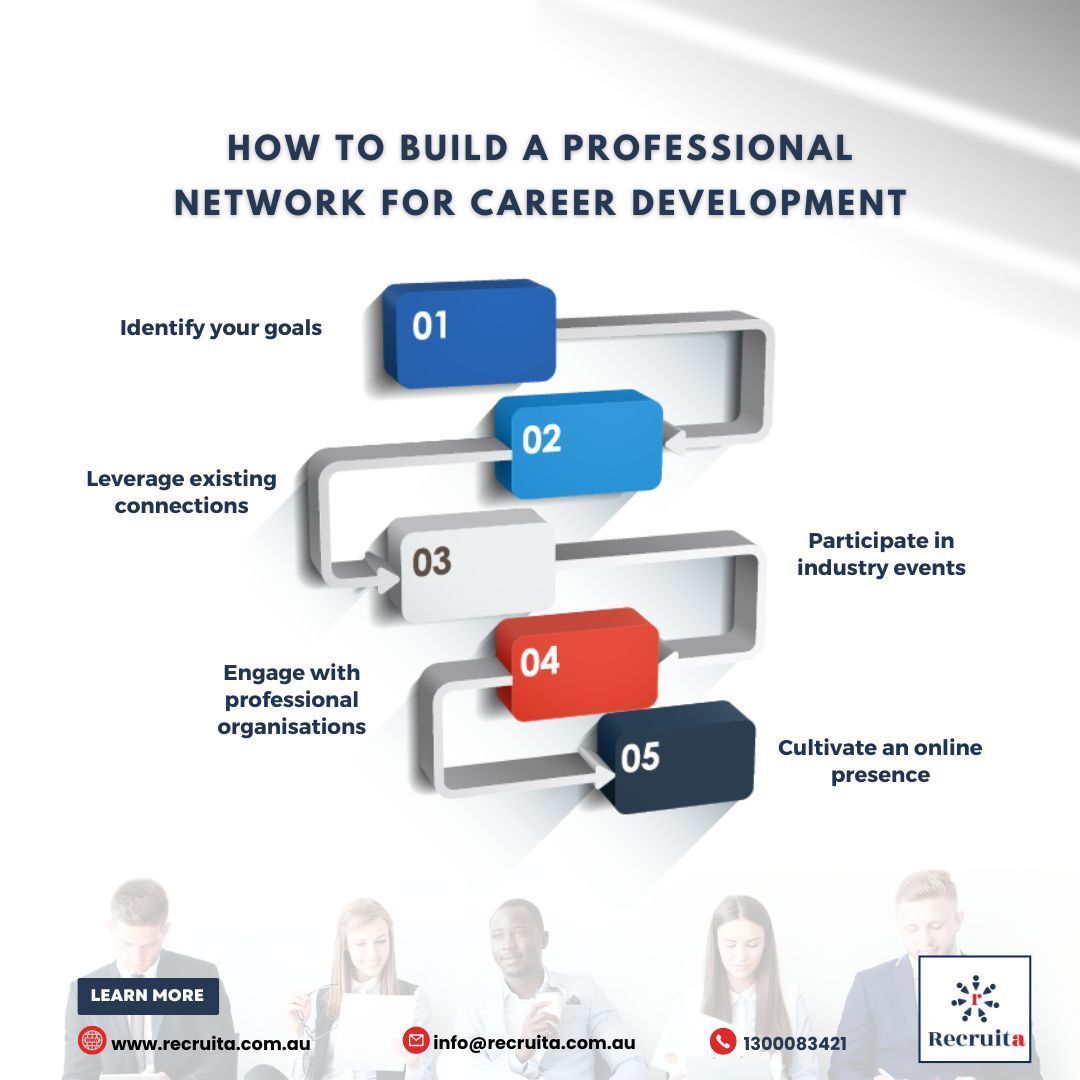The 7 Main Drivers of Remote Employee Motivation

Remote work has gained acceptance across industries. As this trend grows, maintaining remote employee motivation has become an essential aspect of effective management.
In this article, we explore the unique challenges remote workers face, the pivotal role motivation plays in driving their productivity and job satisfaction, and strategies to boost their motivation. We’ll highlight the seven primary factors influencing remote employee motivation, helping team leaders and managers make a positive impact on remote employees.
What are remote employees?
Remote employees are workers who are not physically present in a central office or work location. They work remotely, often from home, using communication and collaboration technologies to stay connected with their colleagues and complete their work tasks.
There are different types of remote employees, and the nature of their work and relationship with their employer can vary. Here are some common types of remote employees:
Full-time remote employees
These are employees who work entirely from a remote location, such as their home, and have a long-term employment relationship with their employer.
Part-time remote employees
These are employees who work remotely part-time, while also working from a physical office or other location. They may work a set number of days per week or on specific projects.
Freelancers
These are self-employed professionals who work remotely for multiple clients on a project-by-project basis. They may work for short or long periods and typically invoice their clients for their work.
Digital nomads
Digital nomads are remote workers who work while travelling the world. They may move from place to place, often working from coworking spaces or coffee shops.
Contract workers
These are remote workers who work on a contract basis for a set period. They may work on specific projects or provide services for a set period.
Remote work is increasingly being seen as the future of the modern workplace due to its numerous benefits and the rapid advancements in communication and collaboration technologies. This work model allows employees to work from any location, promoting a better work-life balance and flexibility, while also enabling organisations to tap into a global talent pool and reduce operational costs.
How does motivation impact remote worker productivity and job satisfaction?
Motivation plays a crucial role in enhancing productivity and job satisfaction among remote employees. As more organisations transition to remote work structures due to evolving technological capabilities and current world events, the dynamics of motivation in a remote setting become a central part of strategies for managing independent contractors.
Productivity
Productivity is directly influenced by an employee’s level of motivation. Highly motivated employees are typically more focused, efficient, and diligent in their work, leading to higher levels of output and quality.
In a remote work setting, motivation becomes even more critical as employees often need to manage their own time and tasks without the physical presence of a supervisor or the structure of a traditional office environment.
Motivation encourages self-discipline, a critical trait for remote workers. It helps employees to set a structured schedule, adhere to deadlines, prioritise tasks effectively, and stay focused amidst potential distractions at home. Also, motivated employees are more likely to take the initiative to solve problems, be innovative, and proactively tackle skill gaps, which can significantly affect productivity.
Job satisfaction
Job satisfaction refers to the degree to which an employee feels positive or happy about their job. Motivated employees tend to have higher job satisfaction because they find purpose and value in the work they do.
In a remote setting, where the lines between personal life and work can often blur, job satisfaction is particularly important in preventing burnout and maintaining a healthy work-life balance.
Motivation can increase job satisfaction in remote work in several ways. Firstly, it can drive employees to accomplish their tasks and meet their goals, providing them with a sense of achievement. Secondly, motivation can help employees see the bigger picture, understanding how their work contributes to the organisation’s overall goals, which can make their work feel more meaningful.
Lastly, a motivated remote employee is more likely to engage with their peers and superiors virtually, leading to a better sense of belonging and happier work relationships.
Remote employee motivation challenges
The shift to remote work poses unique challenges to maintaining employee motivation. Here are some of the main issues:
Isolation and loneliness
Remote work can lead to feelings of isolation, particularly for employees who live alone or who thrive on social interaction. This lack of social contact can negatively impact motivation and overall job satisfaction.
Work-life balance
While remote work can improve work-life balance due to the elimination of commuting, it can also blur the lines between work and personal life. Employees might find it difficult to switch off from work, leading to burnout and reduced motivation over time.
Communication challenges
Communication is more complex in a remote setting. Misunderstandings are more common, and the lack of face-to-face interaction can make it harder to build relationships with colleagues. This can lead to feelings of disconnect and lower motivation.
Lack of visibility
In a remote environment, employees may feel they’re not seen or recognised for their work. This lack of recognition can lead to decreased motivation.
Distractions at home
Distractions from household chores, family members, or other non-work related issues can interfere with an employee’s ability to concentrate, reducing their productivity and motivation.
Access to resources
Remote employees might not have the same access to resources and tools as they would in an office environment. This can make their work more challenging, affecting their motivation levels.
Technology challenges
Issues like poor internet connection, software or hardware problems can disrupt work, cause frustration and affect motivation.
Maintaining discipline and structure
Without the structure of a traditional office environment, some remote employees might struggle with time management and maintaining a regular work schedule, which can impact productivity and motivation.
7 main drivers of remote employee motivation: overcoming motivation challenges
Emphasise communication
Effective communication is a crucial driver of remote employee motivation. Transparent, regular, and open communication channels help employees feel connected, supported, and engaged. Utilise a mix of communication tools like email, video conferencing, and instant messaging platforms to ensure clear and concise exchanges of information.
Encourage virtual team meetings, one-on-one check-ins, and casual interactions to foster relationships and build trust among team members. By promoting a culture of open communication, you can address any concerns and provide necessary feedback to keep employees motivated and aligned with company goals.
Show confidence in your team
Empowering your remote employees and showing confidence in their abilities can significantly boost their motivation. Trust them to manage their tasks, set their own schedules, and make decisions without excessive oversight.
Encourage autonomy and delegate responsibilities, while providing the necessary support and resources to accomplish their goals. Recognising and appreciating their work regularly can further reinforce your confidence in their abilities, leading to increased motivation and commitment.
Offer a performance-based bonus
Implementing a performance-based bonus system can be an effective way to motivate remote employees. By rewarding high-performing individuals and teams, you create a sense of accomplishment and satisfaction, driving employees to excel in their roles.
To ensure fairness, establish clear performance metrics and objectives that align with the company’s goals, and regularly communicate progress and expectations. This approach can not only improve motivation but also foster a results-oriented culture within your organisation.
Provide learning opportunities
Remote employees, like their on-site counterparts, need opportunities to grow and develop their skills. Providing access to online courses, webinars, workshops, or mentorship programmes can help employees enhance their expertise and stay current in their field.
By investing in their professional development, you demonstrate a commitment to their growth and future within the organisation, resulting in increased motivation and loyalty.
Encourage self care
Promoting self-care and work-life balance can have a positive impact on remote employees’ motivation and overall well-being. Encourage them to establish a dedicated workspace, set boundaries between work and personal life, take regular breaks, and engage in physical activity.
Also, consider offering flexible work hours or mental health days to help employees recharge and manage stress. By prioritising self-care, you create a supportive work environment that enables employees to maintain their motivation and productivity in the long term.
Foster a sense of belonging
Creating a sense of belonging within remote teams can significantly contribute to employee motivation. Organise virtual team-building activities, informal social events, or interest-based groups to help employees connect and develop relationships beyond work.
Encouraging a strong sense of community can lead to greater job satisfaction, employee engagement, and overall motivation.
Provide technological support and tools
Ensuring remote employees have access to the right technology and tools can greatly impact their motivation and productivity. Invest in reliable hardware, software, and collaboration tools to facilitate efficient and seamless remote work.
Additionally, offer technical support to address any issues and ensure employees have the necessary resources to perform their jobs effectively.
Common mistakes to avoid when managing remote employees
In addition to the guidelines we provided above, managers and team leaders should be aware of a few common mistakes made when managing remote workers. Avoiding these mistakes can contribute to a thriving remote work environment:
Overlooking the importance of trust
Trust is a cornerstone in managing remote employees effectively. Micromanagement or insisting on rigid work hours can erode trust and demotivate employees. Instead, focus on output and trust your employees to manage their tasks effectively within their flexible schedules.
Lack of regular check-ins
Not touching base frequently enough can make remote employees feel disconnected and undervalued. Regular check-ins offer an opportunity to provide feedback, discuss progress, solve problems, and maintain a solid connection.
Ignoring team building
With remote work, the lack of face-to-face interaction can hinder team cohesion. Failing to organise activities for virtual team bonding could lead to a disconnected team, lowering morale and productivity. Virtual social events and activities can promote a sense of camaraderie and belonging.
Insufficient recognition
Just because employees are out of sight doesn’t mean their efforts should go unnoticed. Failing to acknowledge their hard work can lead to decreased motivation and job satisfaction. Regularly appreciate their contributions to make them feel valued and motivated.
Neglecting individual needs
Treating all remote employees the same without considering their unique needs, work styles, or personal circumstances can hinder motivation. It’s crucial to acknowledge the individuality of each employee, taking into account their different time zones, work preferences, or home environment.
Lack of technological support
Insufficient technical support or not providing necessary digital tools can cause frustration and disrupt work. Ensuring that your team has the technology and the support they need is crucial for maintaining productivity and motivation.
In summary
In conclusion, to thrive in the remote work landscape, organisations must prioritise remote employee motivation.
By focusing on communication, confidence, performance incentives, learning opportunities, self-care, belonging, goal-setting, recognition, technological support, and open dialogue, companies can create a supportive and productive work environment that benefits both remote employees and the organisation as a whole.
Source: https://inside.6q.io/drivers-remote-employee-motivation/



